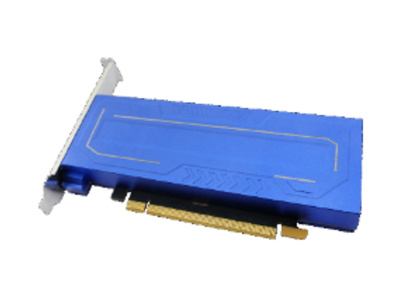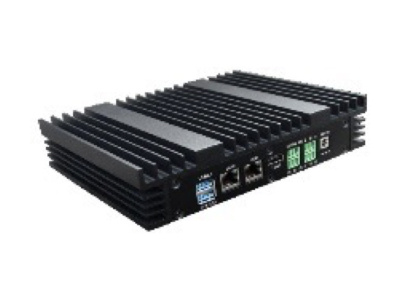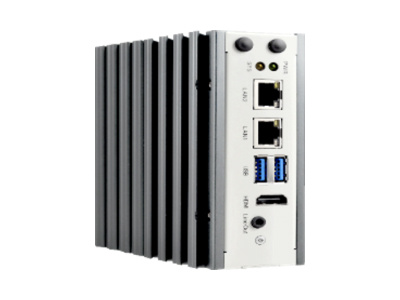Introduction
This task aims to develop a meter reading identification algorithm on the CV180X/CV181x processor, mainly for round mechanical meters such as water meters and gas meters. This algorithm achieves accurate reading of data on the meter by analyzing the pointer position and scale. This algorithm can be used to automate readings and improve the efficiency of data collection.
- Acceptance Criteria
Algorithm performance will be evaluated on the evaluation set, focusing mainly on accuracy and computational complexity.
- Accuracy: It is required that the average error on the evaluation set does not exceed ±10° to ensure high reliability of meter readings.
- FLOPS requirements: The computational complexity of the algorithm (FLOPS) should be adapted to the processor platform and not exceed 30G to ensure efficient operation on embedded devices.
- Evaluation set
The evaluation set will contain multiple scenarios to simulate various situations that may be encountered in actual applications:
- Different types of meters: including different types of round mechanical meters such as water meters and gas meters.
- Pointer position changes: Images of different pointer positions and scales to test the adaptability of the algorithm to different reading situations.
- Distance range: QR code images at different distances, such as 0.1 meter to 1 meter.
- Angle change: The angle between images at different angles and the optical center of the camera is between -45 degrees and +45 degrees.
- Lighting conditions: Images under uniform lighting and low light conditions.
- Sample size: The number of samples in the evaluation set should be greater than 800 to ensure adequate evaluation of algorithm performance.
Through the requirements of these evaluation sets, we expect that the algorithm will demonstrate high accuracy and robustness in actual application scenarios and meet the actual needs of meter reading identification.
Data Collection Process
- Data Collection Plan
The collection plan should be based on the actual application scenarios of the algorithm. First, determine the collection variables, such as: collection scene, quantity, number of people, gender, age, etc. Index and assign an English abbreviation for each variable. For example, if there are three variables: collection scene, distance, and gender, they could be numbered as:
- Scene 1: indoor; Scene 2: outdoor
- Distance 1: 1m; Distance 2: 3m; Distance 3: 5m
- Gender 1: male; Gender 2: female
Then determine the collection process based on the variables, such as whether to collect according to variable 1 or variable 2 first, the actions of the people being collected, and precautions, etc. Organize the above collection plan and variable information into a Word document for saving.
- Prepare Collection Equipment
The collection equipment should be as close as possible to the actual equipment used and ensure that it can be preserved for a long time. Prepare the collection firmware.
- Data Collection and Saving
Carry out data collection and name the files according to the order of the collection variables defined in the "Data Collection Plan", with names like x-x-x-x.xxx. For example, if there are three variables: scene, distance, and gender, the saving format would be: indoor-3m-female-12.xxx, representing the 12th data of "indoor scene, 3m distance, female" collected. After the collection is complete, the collected data and the collection instruction document from the "Data Collection Plan" should be put together for inspection.


















































